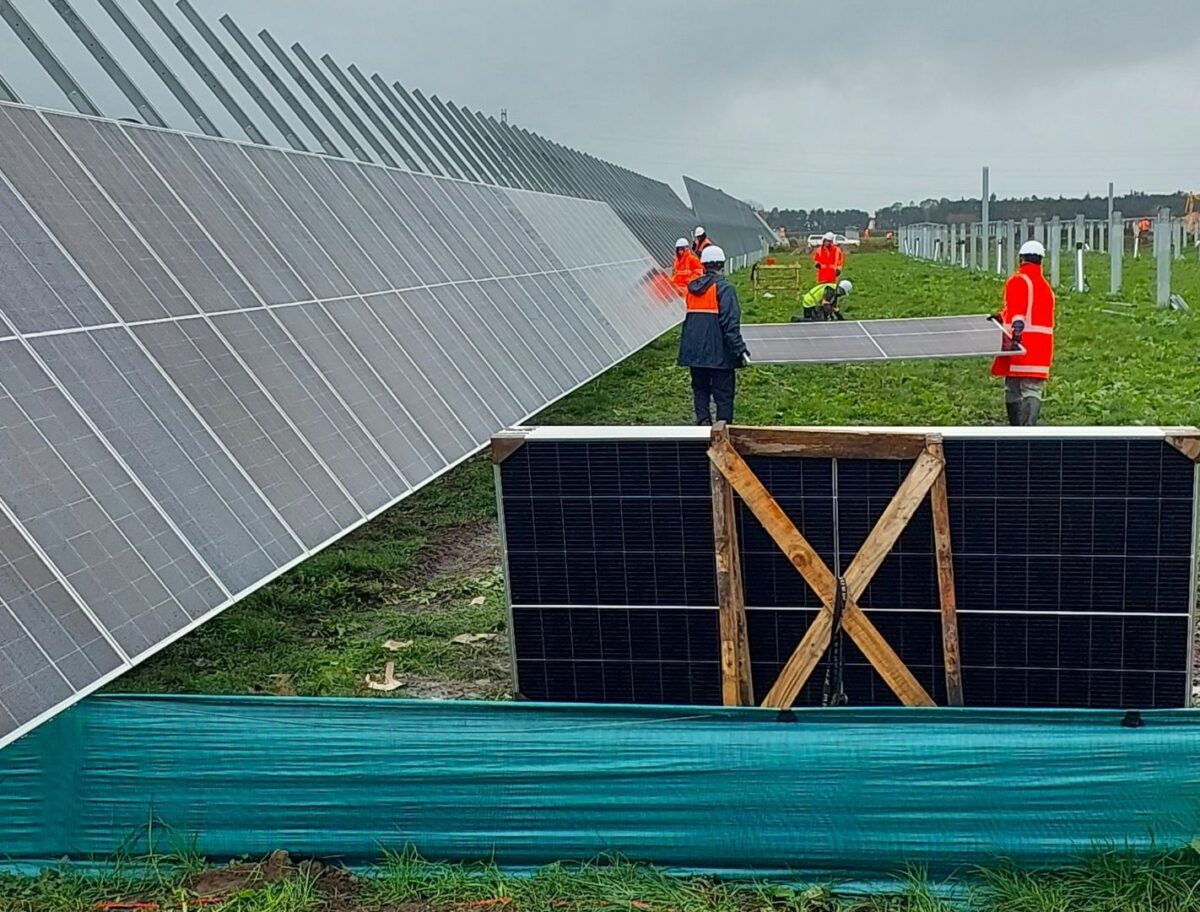Solar generation company Lodestone Energy announced it has been given the green light for three new solar farms to be constructed in the Canterbury and South Canterbury regions on New Zealand’s South Island.
The projects include the Clandeboye, the Mount Somers and the Dunsandel solar farms. Lodestone has been asked to detail the individual capacity of each of the projects but had not responded prior to publication. The company did say that construction for all three of the projects is planned from 2024 through to 2026.
Lodestone General Manager of Development, Daniel Cunningham, said the projects will adhere to agrivoltaic principles, allowing for productive farming activity to continue.
“This combined use of agricultural and solar productivity results in more efficient use of the land and creates new value for the nation,” he said.
The projects are part of the company’s second phase of growth and follow on from the initial stage that includes five large-scale solar farms with a combined generation capacity of more than 365 GWh per annum.
This includes New Zealand’s largest operating solar farm, the 39.4 MW Kaitaia Solar Farm which is now exporting clean energy to the grid at the far north of the North Island.
Lodestone’s phase one program also includes the 32 MW Edgecumbe Solar Farm which is being built in the Bay of Plenty Region on the North Island and is nearing completion. The company is also preparing to break ground on the Waiotahe solar project while construction of the Whitianga and Dargaville solar farms is expected to commence later this year.
The company said its phase two projects are planned to be larger in scale that those in the initial stage, and along with the three South Island sites, a number of additional projects are expected to be announced in 2024.
Loadstone’s developments are part of a growing list of large-scale solar projects in New Zealand, including two in the Waikato region on the upper North Island that have been recently approved under the government’s fast-tracking regulations.
The 146 MWp Rangiriri and 190 MWp Waerenga solar farms, being developed by United Kingdom-based Island Green Power, have been given the go-ahead by two independent consenting panels. Each project involves constructing a solar farm with associated 220 kV substation, transmission lines and cables. The two projects will also include a combined 520 MW of battery storage.
The projects received consent to build within six months of applying to the government, under the COVID-19 Recovery (Fast-track Consenting) Act 2020 which New Zealand Environment Minister David Parker said is set to become permanent.
“Fast-track was originally intended as a temporary measure, but its success means that the process will be soon become permanent,” he said. “The Natural and Built Environment Bill, to be passed this term, will provide a fast-track pathway for infrastructure and regionally significant housing projects.”
Two million solar panels in New Zealand have been fast tracked since the introduction of the scheme, including nine solar projects that Parker said will add more than 1.1 GW of power to the national grid at peak output.
The government’s goals are for New Zealand’s total electricity needs to be met 100% by renewable energy by 2030, and for the country to achieve net zero carbon emissions by 2050.
Author: Ev Foley
This content is protected by copyright and may not be reused. If you want to cooperate with us and would like to reuse some of our content, please contact: editors@pv-magazine.com.








3 comments
By submitting this form you agree to pv magazine using your data for the purposes of publishing your comment.
Your personal data will only be disclosed or otherwise transmitted to third parties for the purposes of spam filtering or if this is necessary for technical maintenance of the website. Any other transfer to third parties will not take place unless this is justified on the basis of applicable data protection regulations or if pv magazine is legally obliged to do so.
You may revoke this consent at any time with effect for the future, in which case your personal data will be deleted immediately. Otherwise, your data will be deleted if pv magazine has processed your request or the purpose of data storage is fulfilled.
Further information on data privacy can be found in our Data Protection Policy.